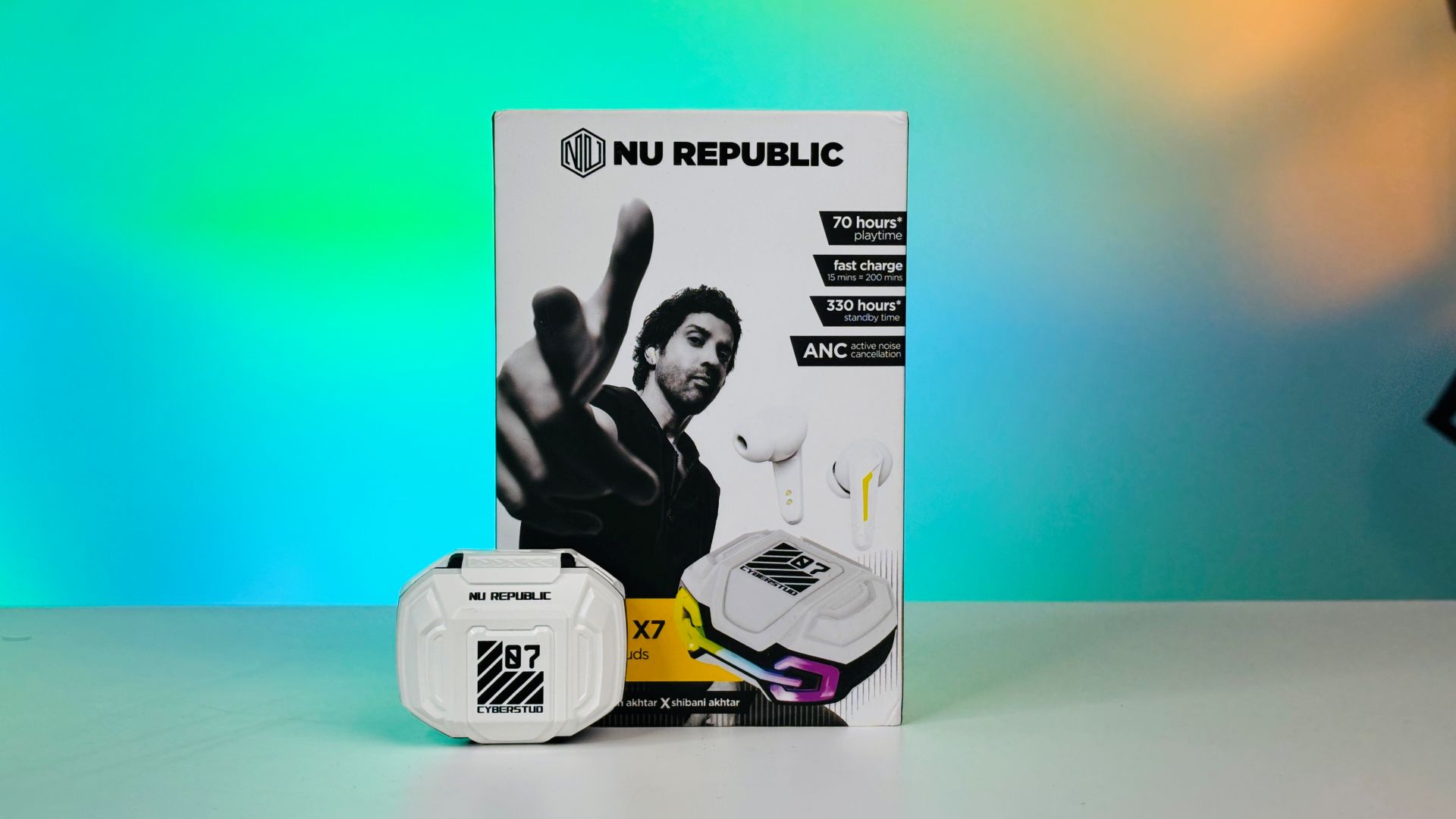Hanglun Technology, a trailblazer in additive manufacturing, is reshaping the cycling world with 3D-printed, customized titanium bikes. These aren’t just bicycles; they’re meticulously crafted, high-performance machines, tailored to each rider’s unique physique and riding style.
The ‘Why’ Behind the Innovation
Hanglun’s vision is clear: challenge the conventions of traditional bike manufacturing. By harnessing the power of 3D printing and titanium, they aim to deliver bikes that are not just lighter and stronger but also perfectly attuned to the individual rider. This approach addresses the limitations of mass-produced bikes, which often force compromises in fit and performance.
The ‘How’ of the Process
Hanglun’s process begins with a comprehensive rider assessment. This involves gathering data on body measurements, flexibility, riding style, and performance goals. This information feeds into a sophisticated design algorithm that generates a 3D model of the bike frame. The frame is then printed layer by layer using a high-powered laser that fuses titanium powder. Post-printing, the frame undergoes heat treatment and finishing touches before being assembled with carefully selected components.
Titanium: The Material of Choice
Titanium’s exceptional properties make it ideal for bike frames. It boasts an impressive strength-to-weight ratio, surpassing that of steel and aluminum. This translates to a bike that’s both robust and remarkably light. Titanium’s natural corrosion resistance ensures longevity, even in harsh weather conditions. Moreover, its inherent vibration-damping qualities enhance ride comfort by minimizing road shock.
Customization: The Game Changer
Hanglun’s 3D printing technology empowers unparalleled customization. Every aspect of the bike frame, from geometry to tube profiles, can be tailored to the rider. This level of personalization optimizes power transfer, handling, and aerodynamics, resulting in a bike that feels like an extension of the rider’s body.
Beyond the Frame: Integrated Components
Hanglun’s innovation extends beyond the frame. They are exploring 3D printing of other bike components, such as handlebars, stems, and seat posts. This integrated approach further enhances customization and performance potential.
Environmental Impact: A Greener Choice
Hanglun’s 3D printing process generates minimal waste compared to traditional manufacturing methods. This aligns with the growing demand for sustainable products in the cycling industry. Titanium’s recyclability further strengthens the environmental credentials of these bikes.
The Future of Cycling: Personalized Performance
Hanglun’s 3D-printed titanium bikes represent the future of cycling. They offer a glimpse into a world where bikes are not just mass-produced commodities but precision instruments, crafted to elevate every rider’s experience.
Addressing Challenges and Looking Ahead
While Hanglun’s technology is groundbreaking, it’s not without challenges. The cost of 3D-printed titanium bikes remains high, limiting their accessibility. However, as the technology matures and economies of scale kick in, prices are expected to become more competitive. Hanglun is also actively researching ways to further enhance the performance and affordability of their bikes.
My Take on Hanglun’s Innovation
As a cycling enthusiast, I’m captivated by Hanglun’s vision. The prospect of owning a bike that’s perfectly tailored to my body and riding style is incredibly appealing. While the current price point is a barrier, I’m optimistic that as the technology evolves, these bikes will become more accessible. I believe Hanglun’s innovation has the potential to revolutionize the cycling industry, ushering in an era of personalized performance.


























Add Comment